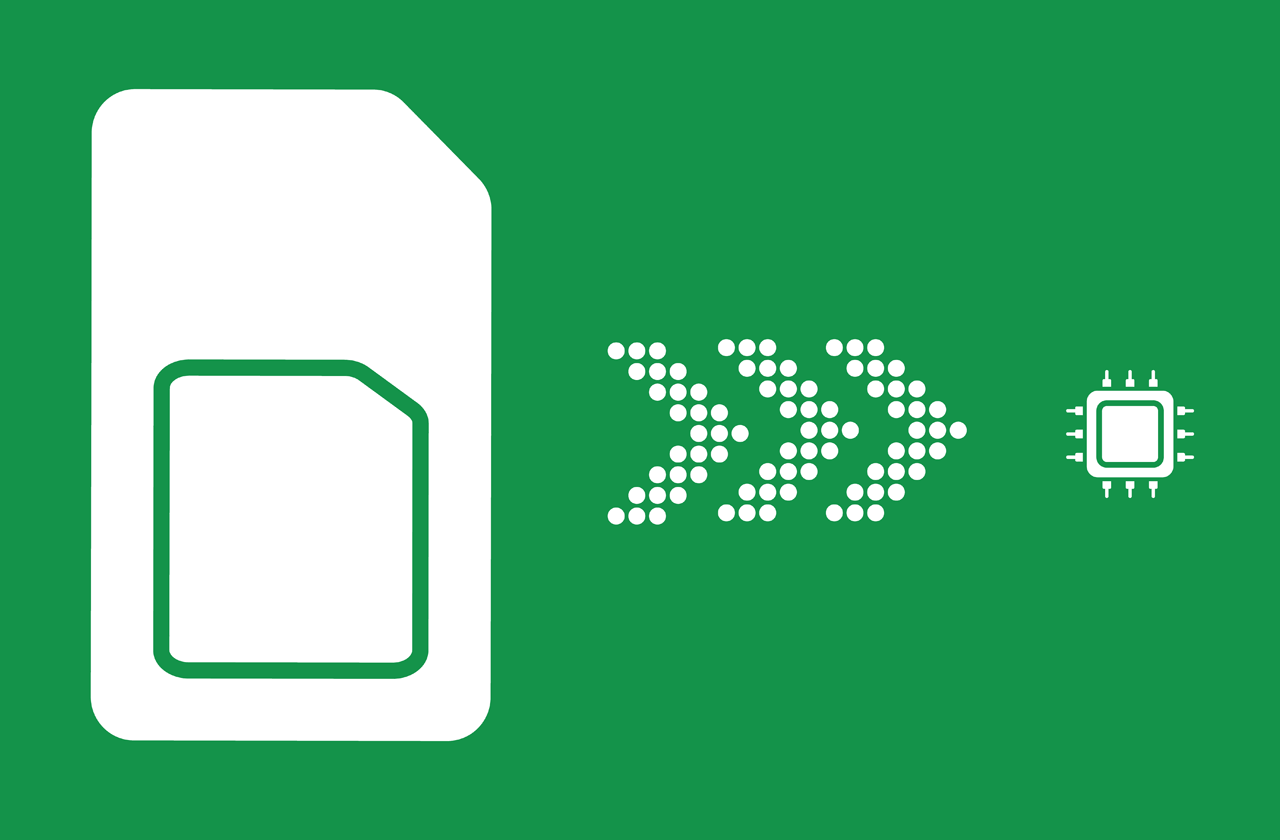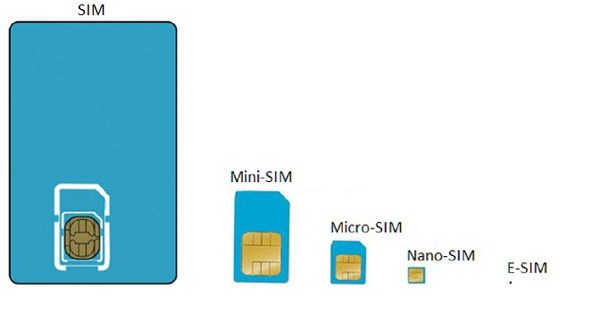
First, a reminder: SIM card, which stands for Subscriber Identity Module, is a microchip processor with built-in memory. It performs a number of functions, mostly that of connecting with GSM network and holding important data such as contacts and text messages. A phone can function without the SIM card, but its lack only allows the user to call emergency numbers like 911. Over time, SIM card was changed into miniSIM, followed by micro and nanoSIM. The main difference between them was their size. Okay, now that we remember what SIM cards are, what about eSIM? it is basically just another step in SIM cards’ miniaturization process. eSIM is made of an MFF2 6 x 5 milimeter chip. Smaller size of the chip allows for more compact devices to be made, as shown by the example of Samsung Gear S2 smartwatch. Smaller elements are also more durable – smaller means less space to break or get dirty. eSIM card is also always going to fit onto a smartphone, unlike SIM card that could be too small or too large. Most important though it makes changing your network operator much easier. When changing your network with a normal SIM card-equipped phone, you have to buy a proper starter and then put the card into the phone; when using eSIM, all you need to do is buy the proper subscription and activate it from the phone.
Okay, now that we remember what SIM cards are, what about eSIM? it is basically just another step in SIM cards’ miniaturization process. eSIM is made of an MFF2 6 x 5 milimeter chip. Smaller size of the chip allows for more compact devices to be made, as shown by the example of Samsung Gear S2 smartwatch. Smaller elements are also more durable – smaller means less space to break or get dirty. eSIM card is also always going to fit onto a smartphone, unlike SIM card that could be too small or too large. Most important though it makes changing your network operator much easier. When changing your network with a normal SIM card-equipped phone, you have to buy a proper starter and then put the card into the phone; when using eSIM, all you need to do is buy the proper subscription and activate it from the phone.